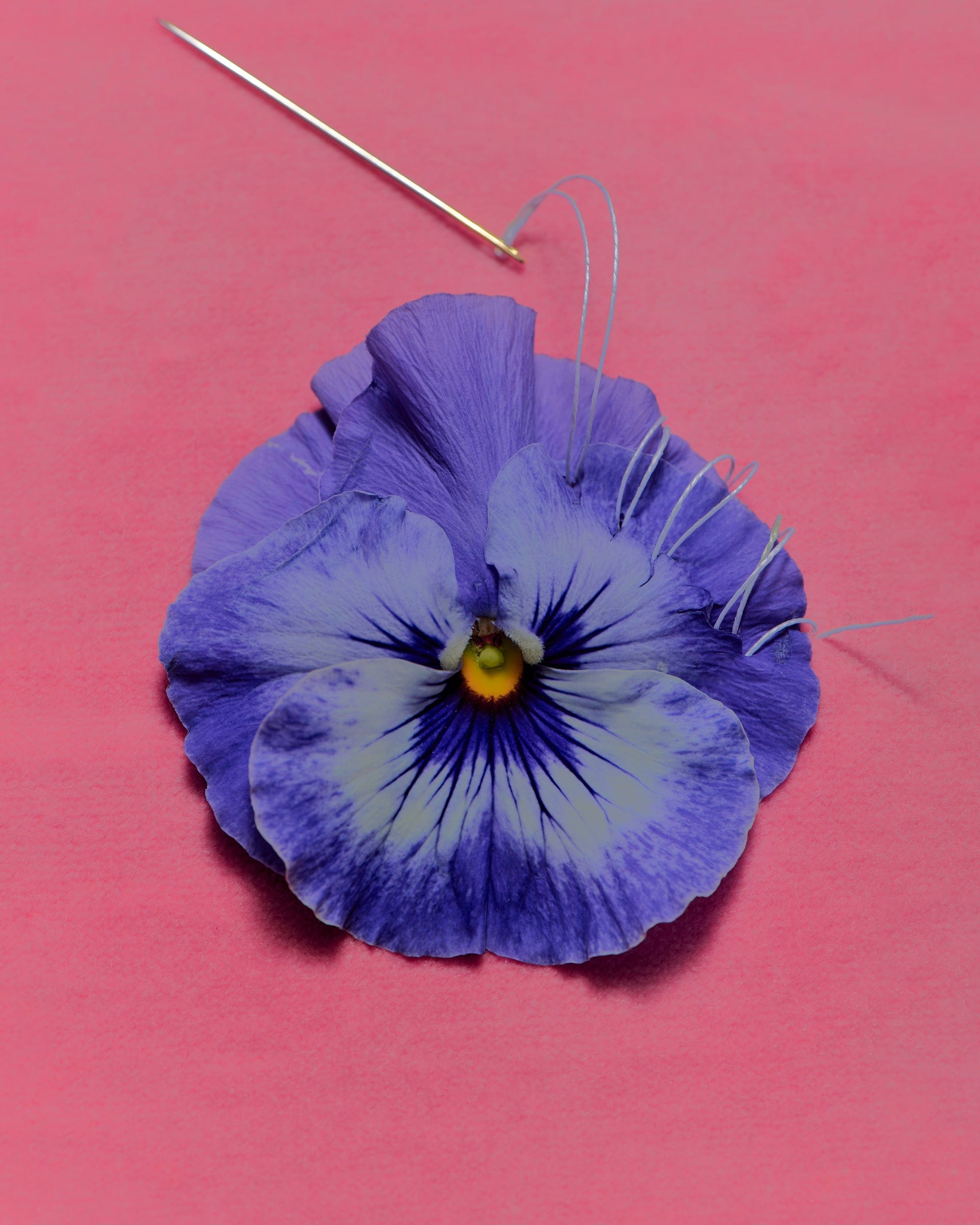MATERIALS
Alémais recognises that our choice of materials has the greatest impact on the environment. Up to 70% of Green House Gas (GHG) emissions in the fashion supply chain come from the cultivation and production of yarn, fabric and material, while the chemical and water used during this production accounts for up to 20% of the world's wastewater.

Materials
Impact Snapshot
- 75% of total material weight used in 2024 was preferred materials
- Less than 5% of fibre use in 2024 was synthetics, 78% was made from recycled fibres
- 88% of viscose responsibly sourced since 2024
To help achieve our in-house objectives, we developed our Preferred Materials Matrix (PMM). This framework empowers our designers to clearly identify which
fabrics to use "Always," "Often," "Sometimes," and "Never" (or phase out).
Regenerative and recycled materials are categorised as "Always" as they use the least number of resources, whereas conventional fibres like virgin polyester are deemed as “Never” for phase-out because they contain harmful petrochemicals.
The Resort 24 capsule collection debuted our first styles made with Orange Fiber, which is created in Sicily from citrus-fruit byproducts. The juice is pressed into something called pastazzo – containing non-edible elements like seeds and skins – and the result is a beautiful, silk-like material.
Synthetics account for less than 5% of our fibre use in 2024. Of the synthetics used, 78% were made from recycled fibres. Although recycled synthetics have limitations, we view them as an important first step in reducing our reliance on petrochemicals.
Conventional cotton has one of the largest environmental footprints of any material, in terms of water and energy use, and waste. While organic cotton still needs a significant amount of water for its production, it has an overall reduced impact compared to conventional cotton and does not use harmful pesticides and insecticides. Organic cotton represents 72% of our cotton usage in 2024, an impressive increase of 89% since 2021.
Linen is a preferred material due to its reduced water and energy use, and waste. Linen has accounted for 55% of Alémais material use by weight since the start. European flax is a type of linen that uses traditional farming methods, and has a reduced environmental footprint. In 2024, European flax represented 85% of total linen. Our goal is 100% by 2026.
Human-made materials are highly processed fibres, like viscose, Tencel, rayon and lyocell, originally derived from plants – predominantly wood pulp. We require all our human-made cellulose to be certified by the Forest Stewardship Council (FSC) or similar watchdog organisations. 88% of all our human-made cellulose in 2024 was responsibly sourced.
Synthetic fibres are plastics derived from petrochemicals. Of the 8 million tonnes of plastic that end up in our oceans every year, two thirds come from apparel. This is harmful to wildlife, the environment, and human health. Synthetics accounted for less than 5% of our fibre use in 2024.
